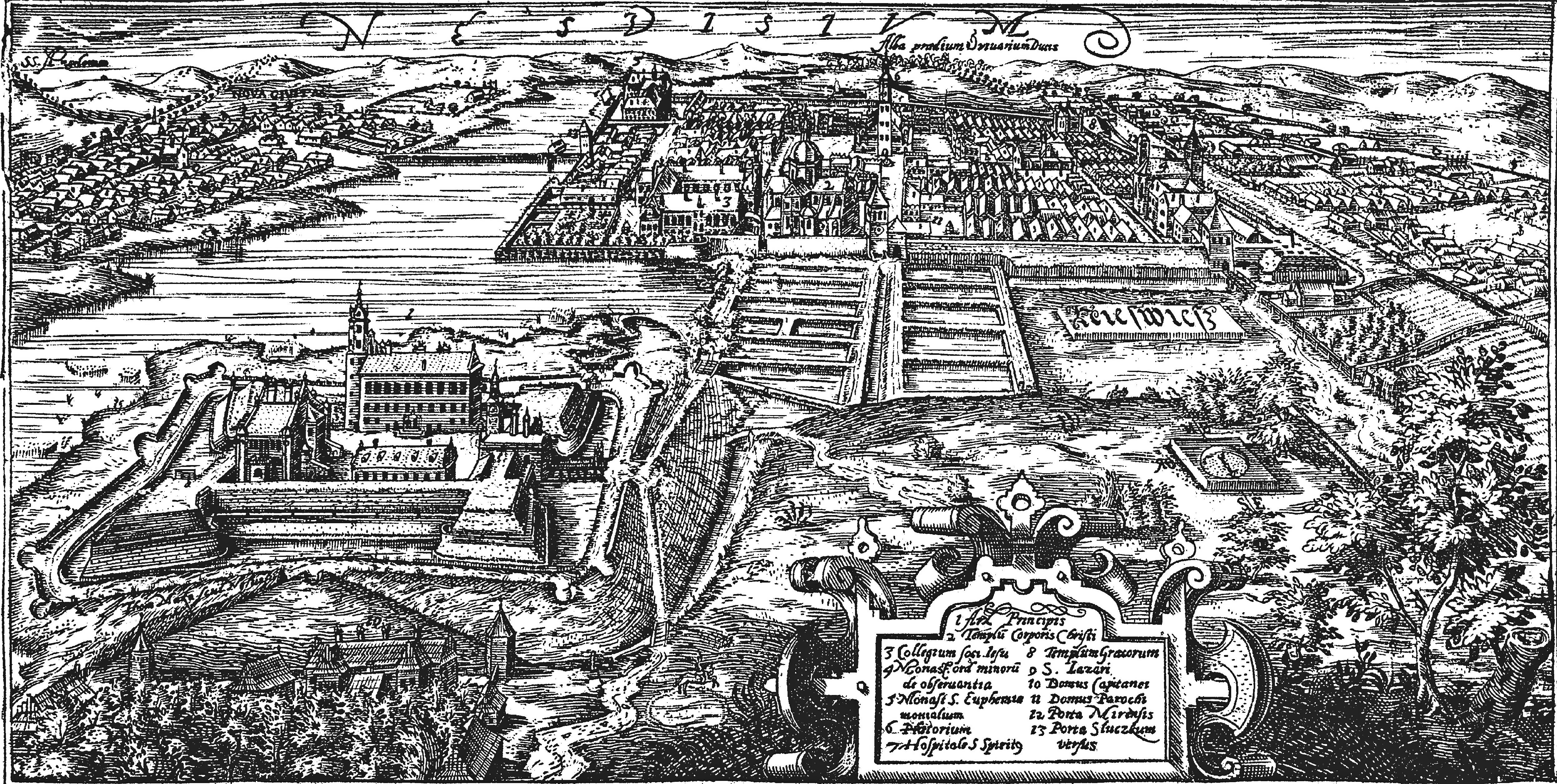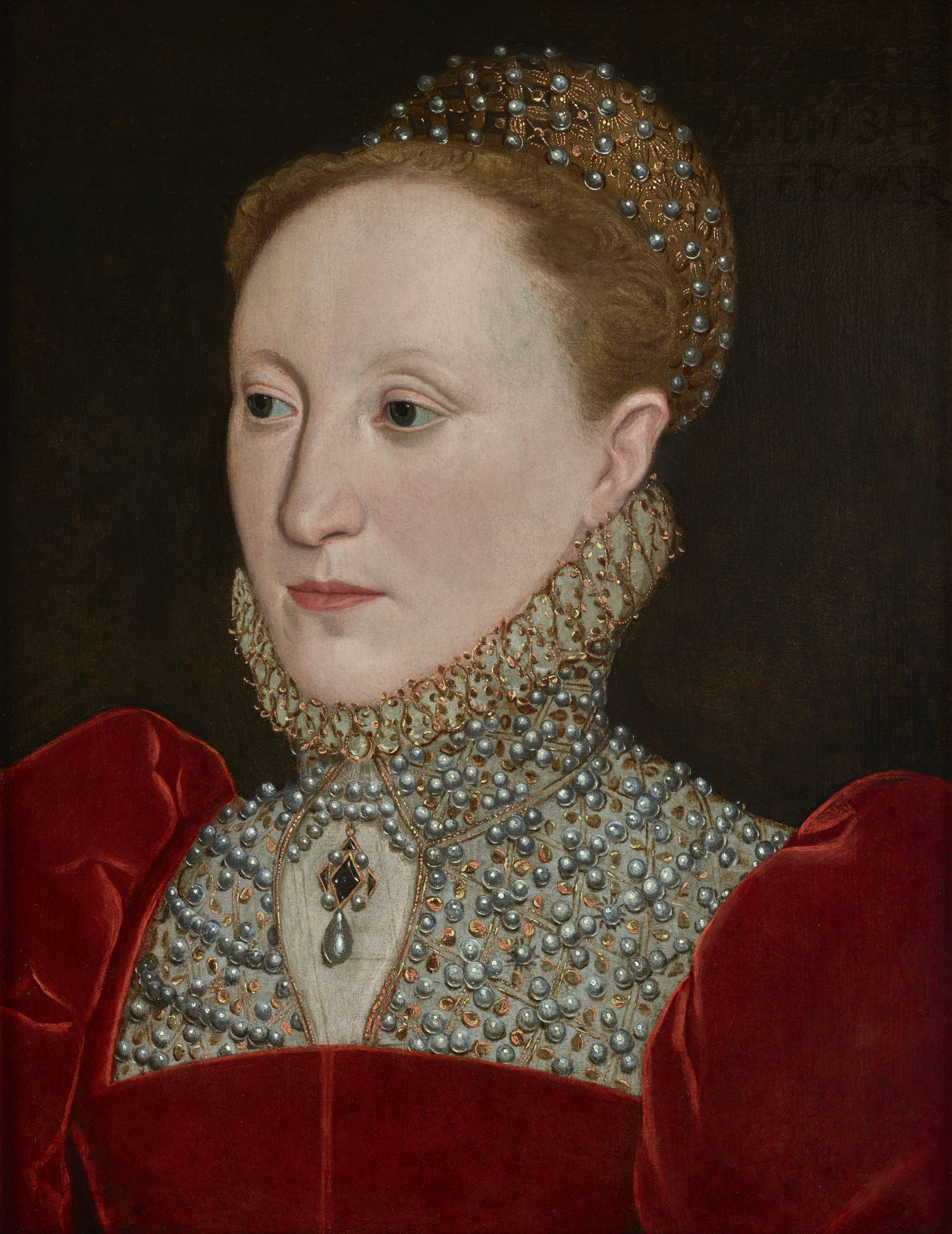|
Ignat Dameika
Ignacy Domeyko or Domejko, pseudonym: ''Żegota'' ( es, Ignacio Domeyko, ; 31 July 1802 – 23 January 1889) was a Polish people, Polish geologist, mineralogist, educator, and founder of the University of Santiago, Chile, University of Santiago, in Chile. Domeyko spent most of his life, and died, in his adopted country, Chile. After a youth passed in partitioned Poland, Domeyko participated in the November Uprising, Polish–Russian War 1830–31. Upon Russian victory, he was exiled, spending part of his life in France (where he had gone with a fellow Philomaths, Philomath, Polish poet Adam Mickiewicz) before eventually settling in Chile, whose citizenship, citizen he became. He lived some 50 years in Chile and made major contributions to the study of that country's geography, geology and mineralogy. His observations on the circumstances of poverty-stricken miners and of their wealthy Exploitation of labour, exploiters had a profound influence on those who would go on to shape Ch ... [...More Info...] [...Related Items...] OR: [Wikipedia] [Google] [Baidu] |
Geography
Geography (from Greek: , ''geographia''. Combination of Greek words ‘Geo’ (The Earth) and ‘Graphien’ (to describe), literally "earth description") is a field of science devoted to the study of the lands, features, inhabitants, and phenomena of Earth. The first recorded use of the word γεωγραφία was as a title of a book by Greek scholar Eratosthenes (276–194 BC). Geography is an all-encompassing discipline that seeks an understanding of Earth and its human and natural complexities—not merely where objects are, but also how they have changed and come to be. While geography is specific to Earth, many concepts can be applied more broadly to other celestial bodies in the field of planetary science. One such concept, the first law of geography, proposed by Waldo Tobler, is "everything is related to everything else, but near things are more related than distant things." Geography has been called "the world discipline" and "the bridge between the human and ... [...More Info...] [...Related Items...] OR: [Wikipedia] [Google] [Baidu] |
Minsk Governorate
The Minsk Governorate (russian: Минская губерния, Belarusian: ) or Government of Minsk was a governorate ('' guberniya'') of the Russian Empire. The seat was in Minsk. It was created in 1793 from the land acquired in the partitions of Poland and lasted until 1921. Administrative structure *Bobruysky Uyezd *Borisovsky Uyezd *Igumensky Uyezd *Minsky Uyezd *Mozyrsky Uyezd *Novogrudsky Uyezd (part of Grodno Governorate before 1843) * Pinsky Uyezd *Rechitsky Uyezd *Slutsky Uyezd Vileysky and Disnensky Uyezds passed to the Vilna Governorate in 1843. In 1919, Baranovichsky Uyezd was created from Novogorodoksky Uyezd and Nesvizhsky Uyezd was created from Slutsky Uyezd. In 1920, Novogrudoksky, Pinsky, Baranovichsky, and Nesvizhsky Uyezds were controlled by Poland Poland, officially the Republic of Poland, is a country in Central Europe. It is divided into 16 administrative provinces called voivodeships, covering an area of . Poland has a population of over 38 m ... [...More Info...] [...Related Items...] OR: [Wikipedia] [Google] [Baidu] |
Nyasvizh
Nesvizh, Niasviž ( be, Нясві́ж ; lt, Nesvyžius; pl, Nieśwież; russian: Не́свиж; yi, ניעסוויז; la, Nesvisium) is a city in Belarus. It is the administrative centre of the Nyasvizh District (''rajon'') of Minsk Region and site of Niasviž Castle, a World Heritage Site. Its 2009 population is 14,300. History Nesvizh was first documented in 1223. It was part of the Grand Duchy of Lithuania until 1793, but the Grand Duchy was part of the Polish–Lithuanian Commonwealth since 1569. In the 15th century, while still a minor town, it belonged to the Kiszka family and later to the Radziwiłł family, and remained the family's seat until 1813. In 1561 or 1562 Maciej Kawęczyński founded the print works of the Polish Brethren. The first Belarusian language book printed in Latin script, a catechism by Symon Budny, was published in Nesvizh in 1562. The ''Nieśwież Bible'' ('' Biblia nieświeska''), one of the oldest Polish translations of the Bible, also by ... [...More Info...] [...Related Items...] OR: [Wikipedia] [Google] [Baidu] |
Niedźwiadka Wielka
Niedźwiadka is a village in the administrative district of Gmina Stanin, within Łuków County, Lublin Voivodeship, in eastern Poland. It lies approximately north-west of Stanin, west of Łuków, and north-west of the regional capital Lublin Lublin is the ninth-largest city in Poland and the second-largest city of historical Lesser Poland. It is the capital and the center of Lublin Voivodeship with a population of 336,339 (December 2021). Lublin is the largest Polish city east of t .... References Villages in Łuków County {{Łuków-geo-stub ... [...More Info...] [...Related Items...] OR: [Wikipedia] [Google] [Baidu] |
Polish–Lithuanian Commonwealth
The Polish–Lithuanian Commonwealth, formally known as the Kingdom of Poland and the Grand Duchy of Lithuania, and, after 1791, as the Commonwealth of Poland, was a bi-confederal state, sometimes called a federation, of Crown of the Kingdom of Poland, Poland and Grand Duchy of Lithuania, Lithuania ruled by a common Monarchy, monarch in real union, who was both King of Poland and List of Lithuanian monarchs, Grand Duke of Lithuania. It was one of the largest and most populous countries of 16th- to 17th-century Europe. At its largest territorial extent, in the early 17th century, the Commonwealth covered almost and as of 1618 sustained a multi-ethnic population of almost 12 million. Polish language, Polish and Latin were the two co-official languages. The Commonwealth was established by the Union of Lublin in July 1569, but the Crown of the Kingdom of Poland and the Grand Duchy of Lithuania had been in a ''de facto'' personal union since 1386 with the marriage of the Polish ... [...More Info...] [...Related Items...] OR: [Wikipedia] [Google] [Baidu] |
Russian Partition
The Russian Partition ( pl, zabór rosyjski), sometimes called Russian Poland, constituted the former territories of the Polish–Lithuanian Commonwealth that were annexed by the Russian Empire in the course of late-18th-century Partitions of Poland. The Russian acquisition encompassed the largest share of Poland's population, living on 463,200 km2 (178,800 sq mi) of land constituting the eastern and central territory of the previous commonwealth. The first partitioning led by imperial Russia took place in 1772; the next one in 1793, and the final one in 1795, resulting in Poland's loss of sovereignty and the reconstitution of the Kingdom of Poland within the Russian Empire in 1815. Terminology To both Russians and Poles, the term ''Russian Poland'' was not acceptable. To the Russians after partition, Poland ceased to exist, and their newly acquired territories were considered the ''long lost'' parts of Mother Russia.Norman Davies (''ibidem''), "The Russian Partition" (in ... [...More Info...] [...Related Items...] OR: [Wikipedia] [Google] [Baidu] |
Domeyko Plaque, Warsaw
Domeyko, Domejko, or Domeiko may refer to: *Ignacy Domeyko *Cordillera Domeyko The Cordillera Domeyko is a mountain range of the Andes located in northern Chile, west of Salar de Atacama. It runs north-south for approximately 600 km, parallel to the main chain. The mountain range marks the eastern border of the flat pa ..., a mountain range * 2784 Domeyko, an asteroid See also * Domeykos {{Disambig, surname ... [...More Info...] [...Related Items...] OR: [Wikipedia] [Google] [Baidu] |
UNESCO
The United Nations Educational, Scientific and Cultural Organization is a specialized agency of the United Nations (UN) aimed at promoting world peace and security through international cooperation in education, arts, sciences and culture. It has 193 member states and 12 associate members, as well as partners in the non-governmental, intergovernmental and private sector. Headquartered at the World Heritage Centre in Paris, France, UNESCO has 53 regional field offices and 199 national commissions that facilitate its global mandate. UNESCO was founded in 1945 as the successor to the League of Nations's International Committee on Intellectual Cooperation.English summary). Its constitution establishes the agency's goals, governing structure, and operating framework. UNESCO's founding mission, which was shaped by the Second World War, is to advance peace, sustainable development and human rights by facilitating collaboration and dialogue among nations. It pursues this objective t ... [...More Info...] [...Related Items...] OR: [Wikipedia] [Google] [Baidu] |
Labor Movement
The labour movement or labor movement consists of two main wings: the trade union movement (British English) or labor union movement (American English) on the one hand, and the political labour movement on the other. * The trade union movement (trade unionism) consists of the collective organisation of working people developed to represent and campaign for better working conditions and treatment from their employers and, by the implementation of labour and employment laws, from their governments. The standard unit of organisation is the trade union. * The political labour movement in many countries includes a political party that represents the interests of employees, often known as a " labour party" or " workers' party". Many individuals and political groups otherwise considered to represent ruling classes may be part of, and active in, the labour movement. The labour movement developed as a response to the industrial capitalism of the late 18th and early 19th centuries, at a ... [...More Info...] [...Related Items...] OR: [Wikipedia] [Google] [Baidu] |
Exploitation Of Labour
Exploitation of labour (also known as labor) is a concept defined as, in its broadest sense, one agent taking unfair advantage of another agent. It denotes an unjust social relationship based on an asymmetry of power or unequal exchange of value between workers and their employers. When speaking about exploitation, there is a direct affiliation with consumption in social theory and traditionally this would label exploitation as unfairly taking advantage of another person because of their inferior position, giving the exploiter the power.Dowding, Keith (2011). "Exploitation". ''Encyclopedia of Power''. SAGE Publications. pp. 232–235. . Karl Marx's theory of exploitation has been described in the '' Stanford Encyclopedia of Philosophy'' as the most influential theory of exploitation. In analyzing exploitation, economists are split on the explanation of the exploitation of labour given by Marx and Adam Smith. Smith did not see exploitation as an inherent systematic phenomenon in spec ... [...More Info...] [...Related Items...] OR: [Wikipedia] [Google] [Baidu] |


